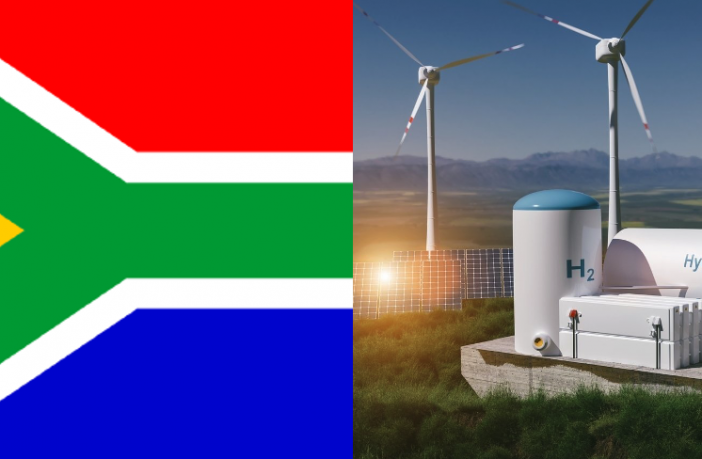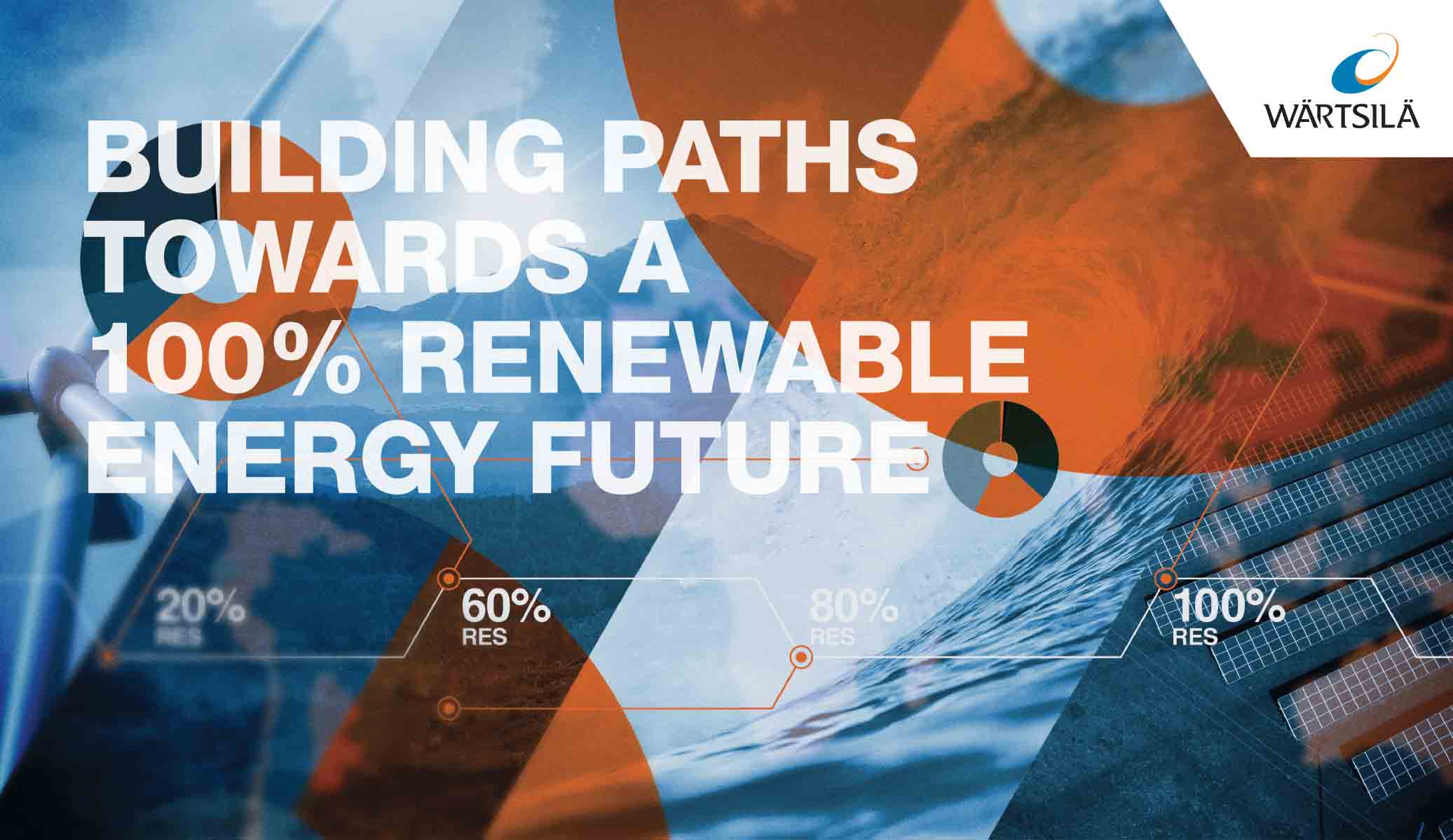Open – Ed
As the world’s governments plough mega-money into green hydrogen research, production, sourcing and distribution, progressive vehicle manufacturers, factory owners and city planners are laying the foundations for a transition to the hydrogen-powered economy. The global green hydrogen train has left the station and is now gathering speed, even as far as Russia.
The reasons are a no brainer. Green hydrogen manufactured from renewable energy is carbon emissions-free. Plus when you burn it to produce power, there are zero carbon emissions. But that’s not all, green hydrogen is a versatile, storable energy source capable of offsetting variable loads that plagues wind and solar power. In other words, it can produce a base-load for utility-scale applications 24/7.
It gets better
Apart from a growing capacity to produce green hydrogen at scale, in electrical terms, the energy density of hydrogen is equal to 33.6 kWh of usable energy per kg, versus diesel which only holds about 12–14 kWh per kg and natural gas 7.43 cubic feet/kWh. In other words, you get more bang for your buck producing energy from hydrogen.
Paradigm shift
So while the rest of the world’s governments implement policy and strategy on green hydrogen power because they see it as a quicker and more sustainable route to net carbon zero and their Paris Agreement commitments, green hydrogen power remains a glaring omission in South Africa’s Integrated Resource Plan (IRP).
A leading international information and insight company advising governments and businesses worldwide, IHS Markit, recently released an in-depth study on green hydrogen and its potential impact on the South African economy. The report finds that green hydrogen ticks many important boxes in South Africa’s road to economic recovery post-Zuma’s state capture era and the Covid effect namely, job creation, an accelerated transition from coal power and a massive export opportunity as countries in the northern hemisphere simply do not have the natural resources or space to meet their anticipated demand. Overarchingly the report also finds that green hydrogen is the key to deep decarbonisation. Read more
Related news: PWC Report Reveals Green Hydrogen Potential
The study goes on to conclude that with a supportive commercial and policy environment, a production of 3.8 million tonnes per annum of hydrogen could be developed in South Africa by 2050 (0.75 mtpa by 2030). Of this, over 2.0 mtpa would be for domestic consumption – equal to between 6 and 8% of final energy demand. This share is in line with the study authors’ IHS Markit projections for leading developing economies globally.
Grass shoots
While large-scale hydrogen production has not yet been implemented in South Africa, there’s a growing number of pilot, demonstration and small-scale projects in various development stages around the country – largely from the private sector. SA petrochemicals giant Sasol, is exploring green hydrogen production through partnerships plus they recently signed an MOC with the IDC to jointly develop and shape an enabling environment to advance South Africa’s green hydrogen economy. An SA Hydrogen Valley Feasibility Study is underway and the Council for Scientific and Industrial Research (CSIR) has also recently issued a request for information on production, consumption, transport and storage of green hydrogen.
It is too expensive you say?
Green hydrogen produced with renewable resources costs between about $3/kg and $6.55/kg, according to the European Commission’s July 2020 hydrogen strategy but research reports from Bloomberg, IRENA and Woodmac all indicate that green hydrogen will be cost-competitive by 2030 or sooner. Producing green hydrogen at $1.50 per kilogram by 2025 is now highly likely with the decreasing cost of renewable electricity, declining electrolyzer technology costs plus the scaling up of plant capacity with automation and continuous manufacturing processes.
Does the production process use too much water?
Herib Blanco at IRENA summarises their research into how much water will be needed in the production of hydrogen through electrolysis (i.e. from water), “A wide range of analyses have been reviewed to calculate the amount of water used during hydrogen production, and by the energy source used to power it (renewables or gas). Assuming the world is using over 70EJ of electrolytic hydrogen by 2050, the water consumption will be about 25 bcm. That compares with the global figure of 2,800 bcm for agriculture (the largest consumer), 800 bcm for industrial uses, and 470 bcm for municipal uses. It would be equivalent to a developed country with 62 million inhabitants (400 m3/capita). The water cost (treatment, transport) would be only 2% of the total hydrogen production cost. Any water desalination would consume 1% of the total energy needed for hydrogen production. Blanco notes that the water footprint is very location-specific and depends on the local water availability, consumption, degradation, and pollution. The impact on the ecosystem will have to be considered too. But the numbers suggest that water consumption shouldn’t be a major barrier to scaling up renewable hydrogen.”
The only way to accelerate the adoption of green hydrogen power at scale in South Africa is through the IRP
So, let’s look at the country’s current IRP 2019 makeup which makes provision for the following new build capacity by 2030:
- 1,500MW coal power
- 2,500MW of hydro
- 6,000MW of solar PV
- 14,400MW of wind
- 1,860MW of nuclear
- 2,088MW for storage
- 3,000MW of gas/diesel
- 4,000MW from other distributed generation, co-generation, biomass and landfill technologies.
Considering that the IRP is a fluid plan to be updated as and when required by the government, and taking into consideration that green hydrogen power plants can be rolled out a lot quicker than new-build coal and nuclear plants, I believe that the current capacity allocation of 3588MW for coal and nuclear should be replaced with green hydrogen power generation capacity.
Actions speak louder than words
Recently the Presidency announced that hydrogen is the first of five ‘Big Frontier’ strategic investment opportunities and will be directly involved in the finalisation of a much-anticipated ‘Hydrogen Strategy and Investor Roadmap’. The Infrastructure & Investment Office head at the Presidency, Dr Kgosientso Ramokgopa, reported that attracting investment to support the development of a green-hydrogen industry was viewed as increasingly important by The Presidency to raising fixed investment to 30% of the gross domestic product in line with the National Development Plan’s target – the figure currently stands at about 17%.
The revised allocation of green hydrogen power through energy policy in the form of the IRP will signal to the world and more importantly to the people of South Africa that the country means business when it comes to an end vision of a national hydrogen economy.
Author: Bryan Groenendaa
Disclaimer: The articles expressed in this publication are those of the author. They do not purport to reflect the opinions or views of Green Building Africa or our advertisers. The designations employed in this publication and the presentation of material therein do not imply the expression of any opinion whatsoever on the part Green Building Africa concerning the legal status of any country, area or territory or of its authorities.

















